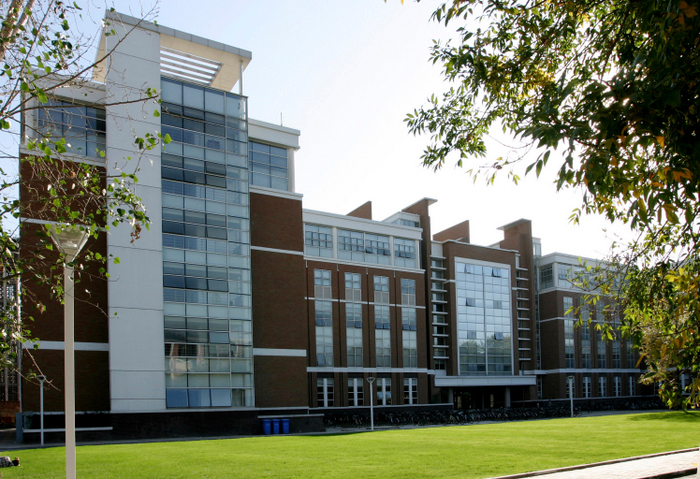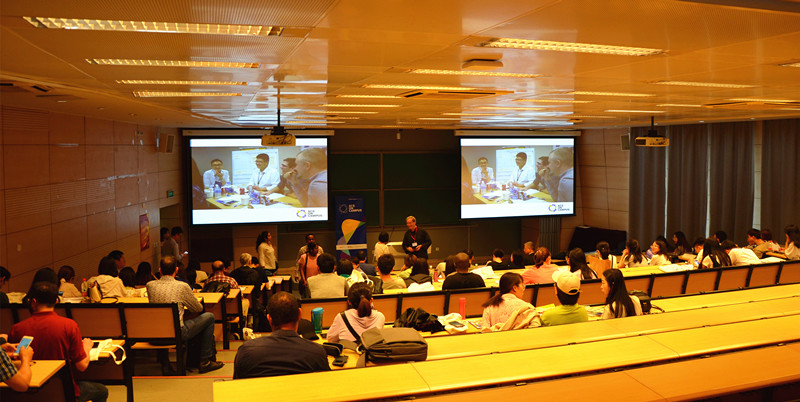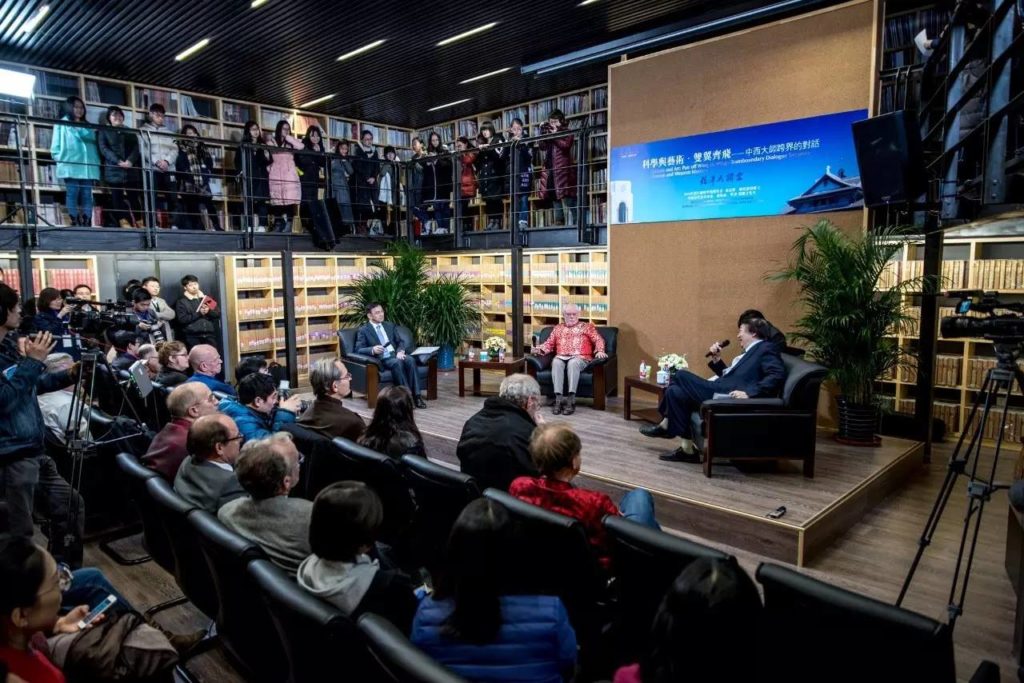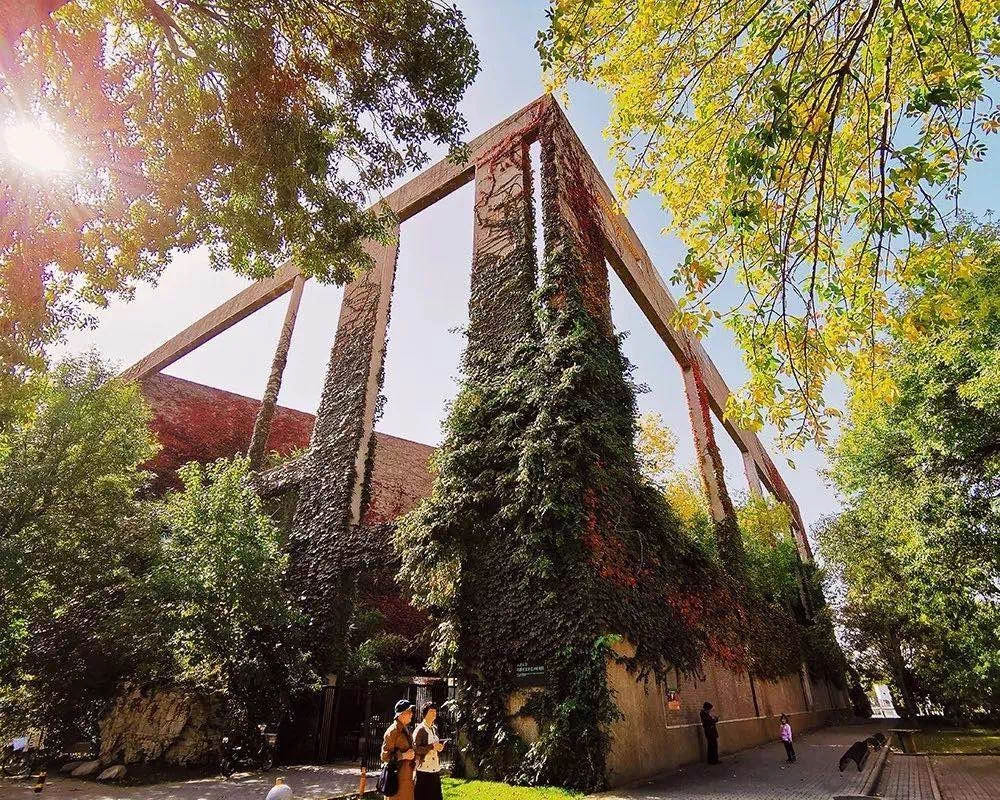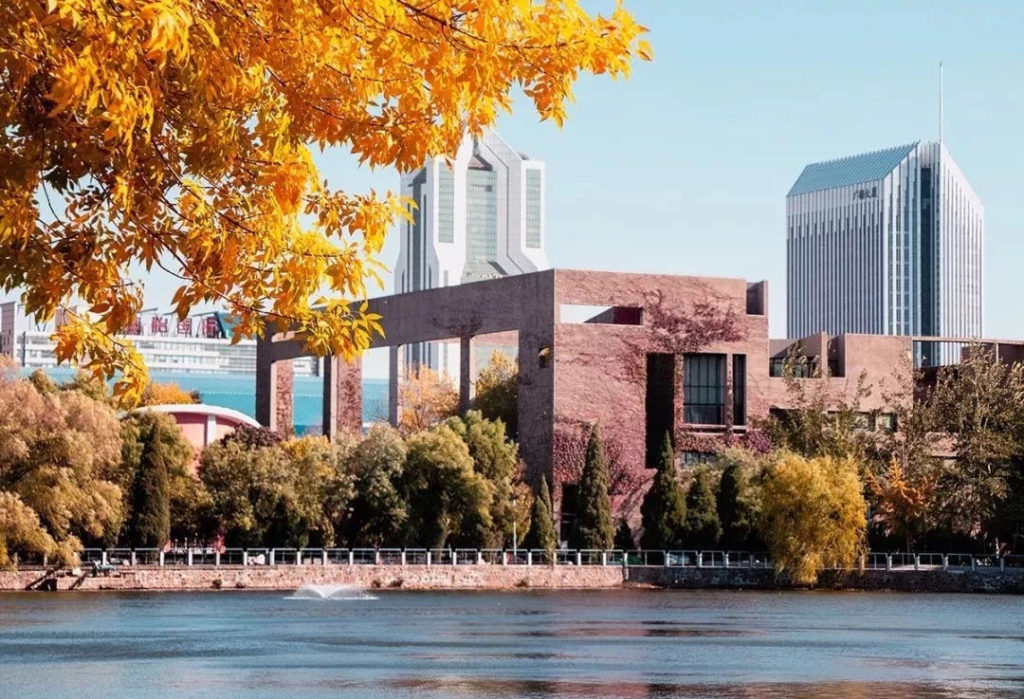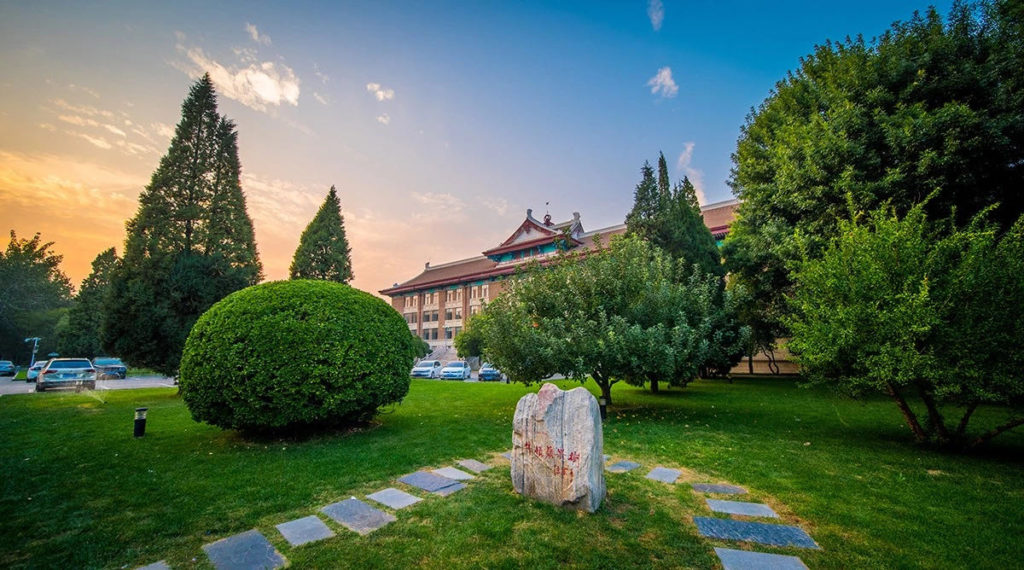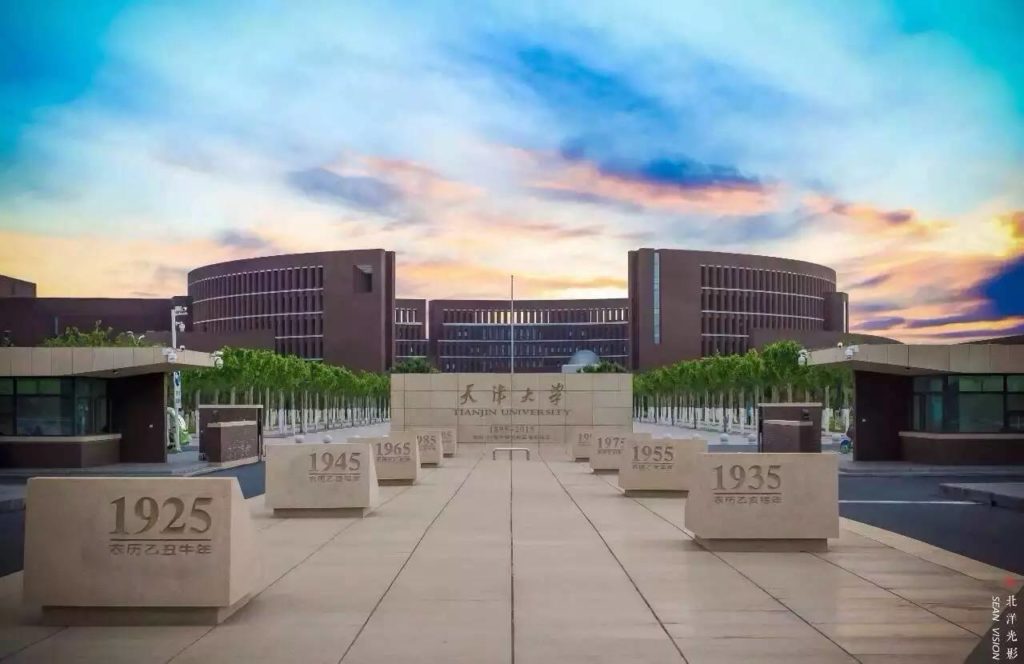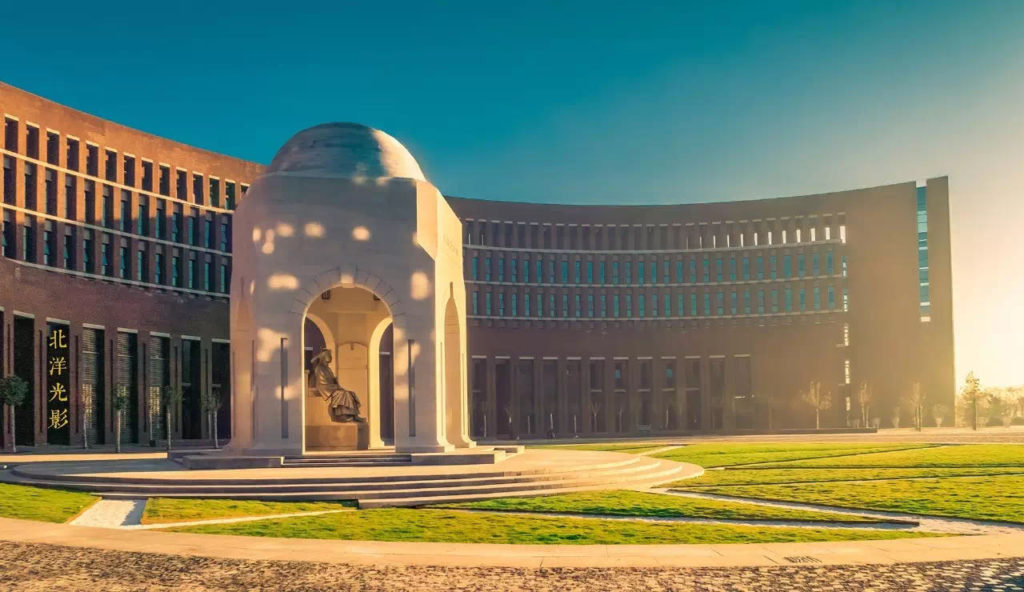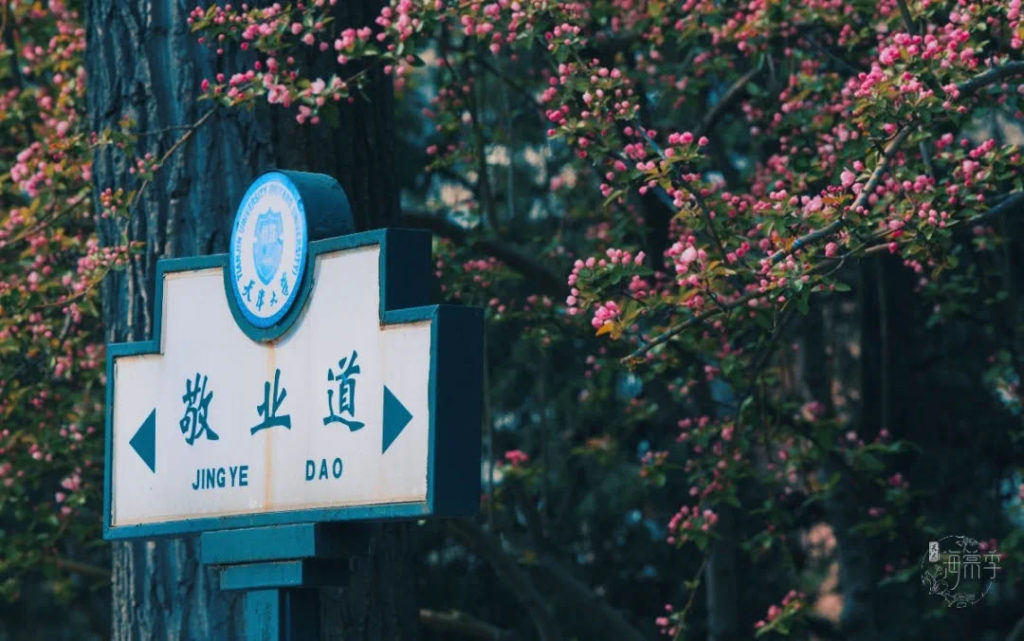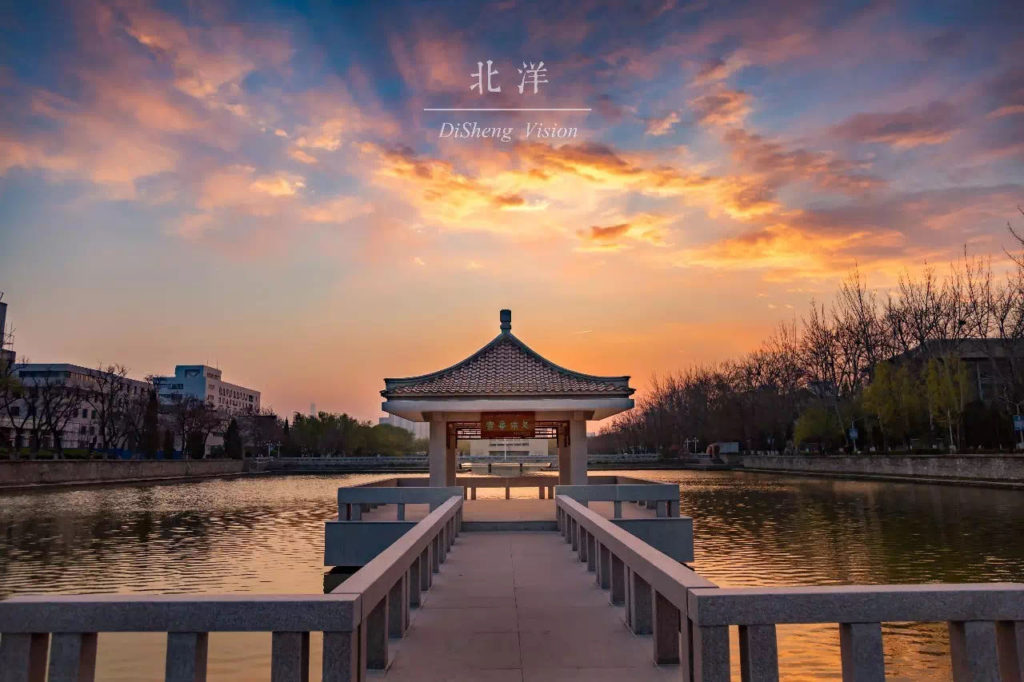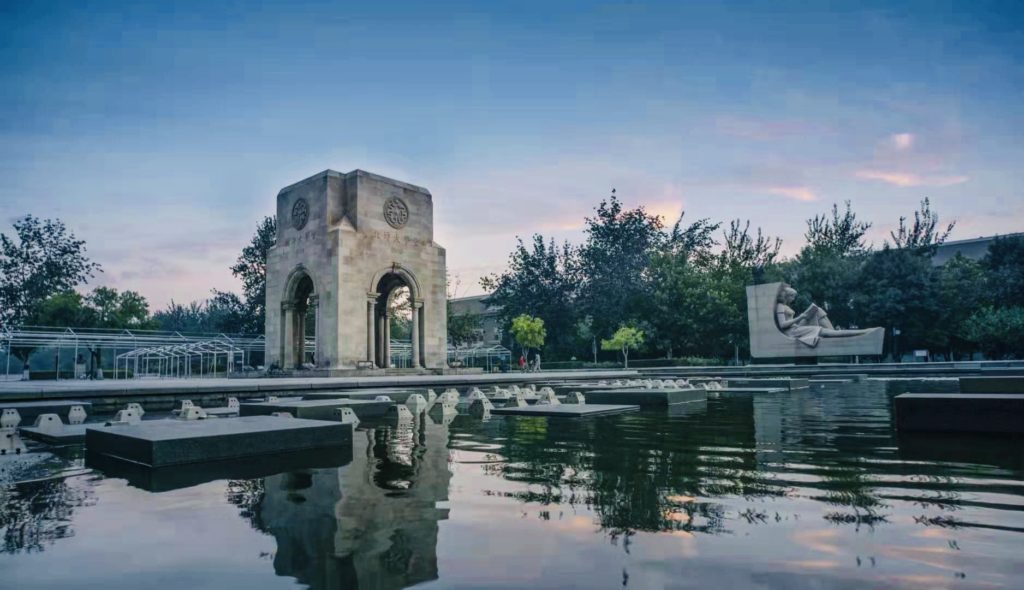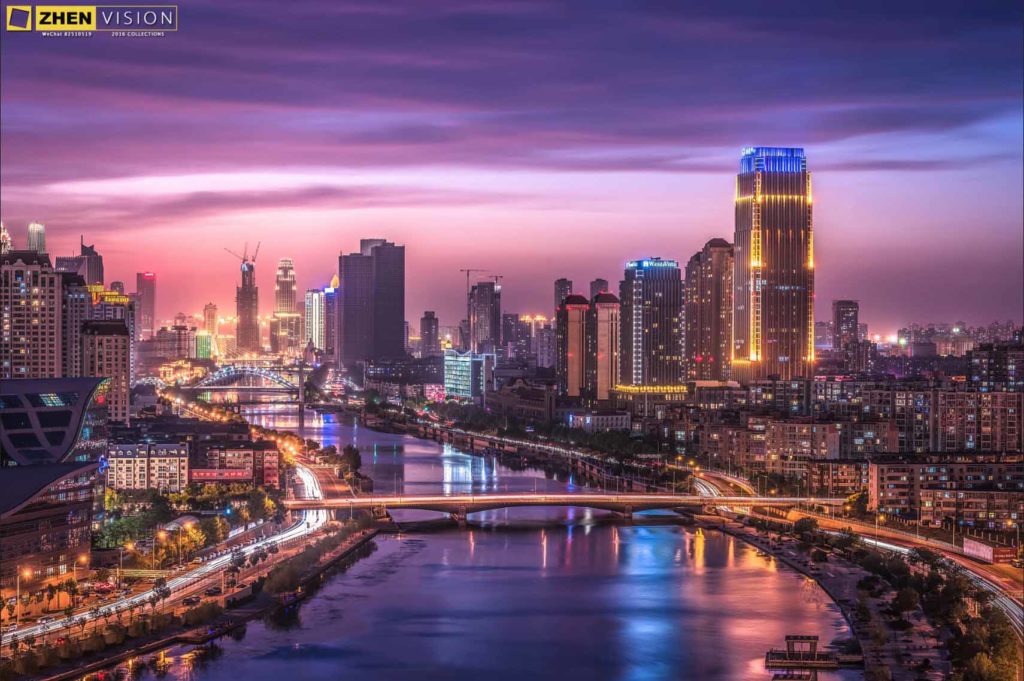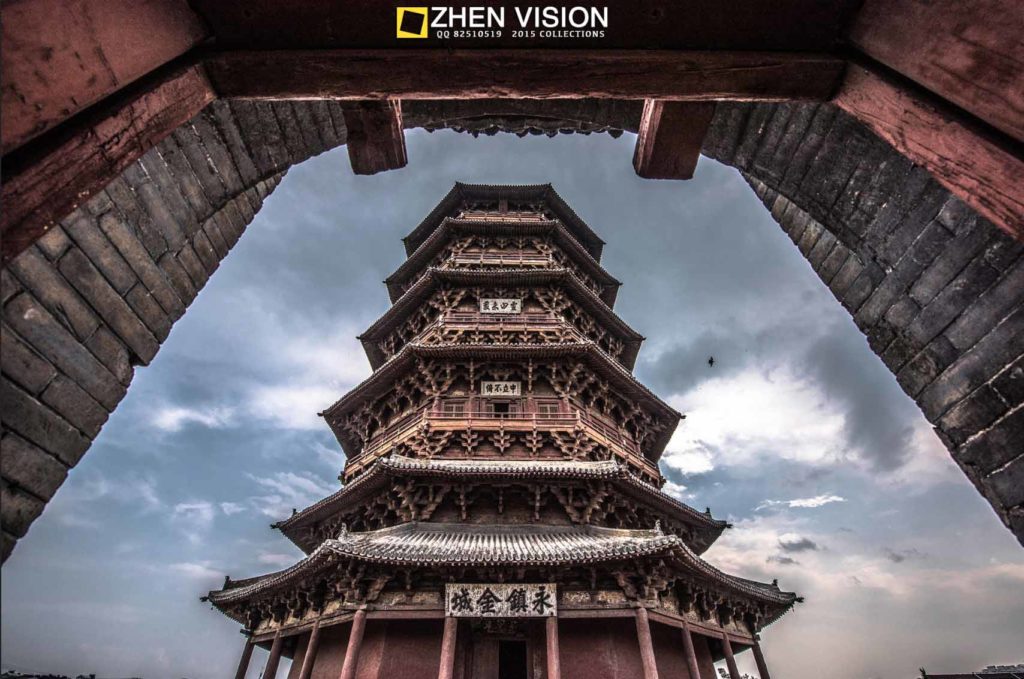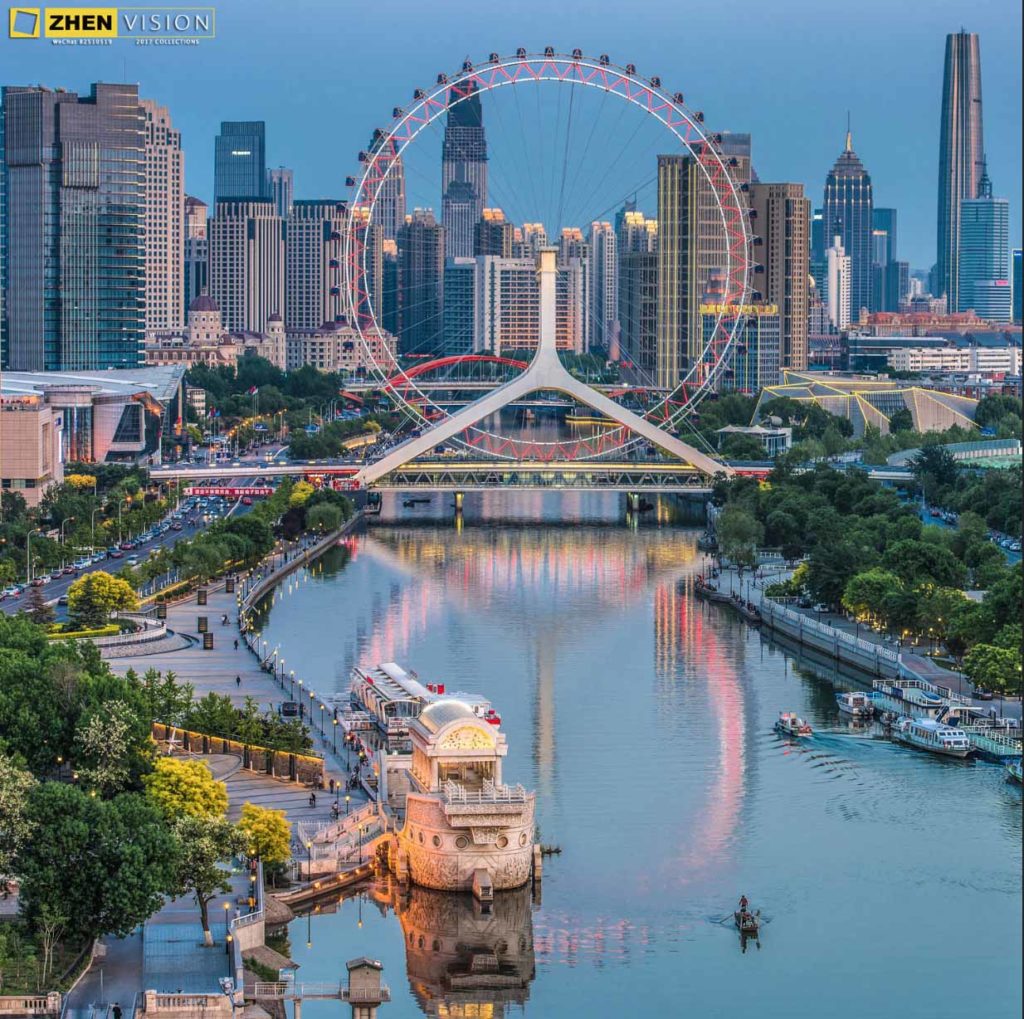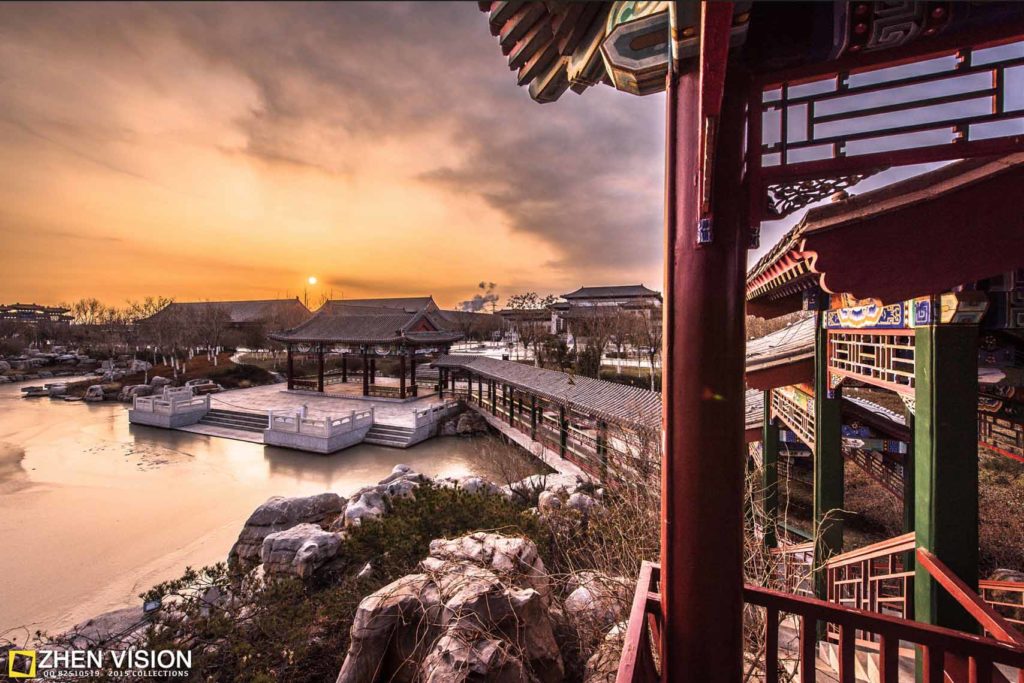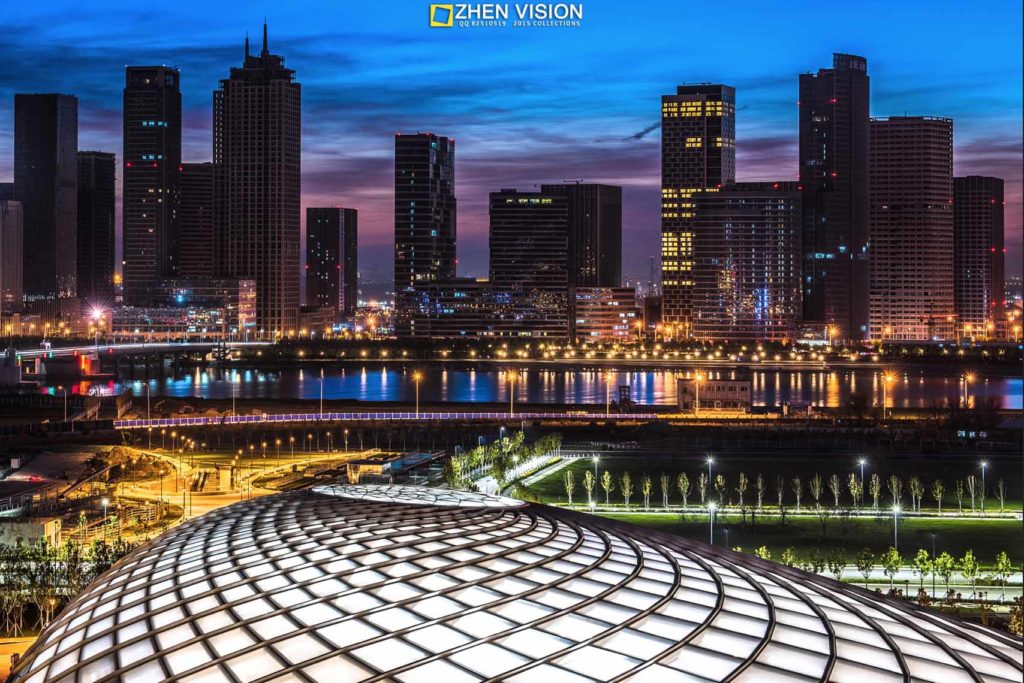School of Pharmaceutical Science and Technology (SPST)
The School of Pharmaceutical Science and Technology of Tianjin University (hereinafter referred to as the “SPST”) was established in July 2000 and formally enrolled in April 2001. The first Dean was professor Kang Zhao, a Yangtze scholar and a Chinese American. In 2013, Professor Jay Siegel was elected as the second Dean of the school of pharmacy. In early 2014, the SPST was selected as one of the first four pilot colleges in China and was jointly launched by the State Administration for Foreign Affairs and the Ministry of Education.
Since 2015, the international experimental class of pharmacy has begun to recruit students. At present, China has established and implemented the first domestic training system for all professionals in the pharmaceutical profession. The pharmaceutical experimental teaching center was selected as the “experimental teaching demonstration center of universities in Tianjin”. The College currently has a bachelor’s degree in pharmacy, a master’s degree in pharmacy and a master’s degree in pharmacy administration, a doctoral degree in Applied Chemistry and health and a doctoral degree in pharmacy administration.The SPST has 59 teachers, including 30 professors and 24 associate professors, including a foreign academician of the Chinese Academy of Sciences, a Nobel Prize winner, a “973” chief scientist, eight specially appointed professors of the National “Thousand People Plan”, two scholars of the Yangtze River, 16 “Thousand People Plan” of Tianjin, and two outstanding talents of the Ministry of Education in the new century. Foreign teachers accounted for 47.5%.The SPST has established a clear goal of international development and construction. It is planned that by 2020 the College will have an international management system with Chinese characteristics and an internationally recognized training system for English-speaking talents of both undergraduate, postgraduate and broad-minded. It will have more than 80 full-time teachers of international standard covering all major research fields of pharmacy. It has an infrastructure that conforms to international standards, and has built an internationally renowned core teaching and research center.
http://health.tju.edu.cn/index.htm
Tianjin University
Tianjin University is the first modern higher education institution in China, and now a national university under the direct administration of the Ministry of Education of China. It is a Chinese Ministry of Education Class A Double First Class University. It was established in 1895 as Imperial Tientsin University and later Peiyang University.
In 1951, after restructuring, it was renamed Tianjin University, and became one of the largest multidisciplinary engineering universities in China. The university was one of the first 16 universities accredited by the nation in 1959.In order to carry out the “21st Century Education Revitalizing Action Plan”, in late 2000 the Ministry of Education and Tianjin Municipality signed an agreement which aims to build Tianjin University into a 1st-class university in the world in the 21st century.
Tianjin University is a key university in China, one of China’s first group of key universities of “Project 211” and “Project 985”. The university currently has a working staff of over 4,600, including 342 professors, 662 associate professors, 13 academicians and 23 special engaged professors of “Yangtze Scholar Award Project” of the Ministry of Education. The total student population is 25,000 with 9500 doctoral students and students for master’s degree. Over 100,000 students have graduated from Tianjin University.
The university occupies an area of 1.37 km2, and has a built-up area of 800,000 m2, including the two modern libraries, with a total floor space of 26,000 m2 and a collection of 2 million volumes.According to the incomplete statistics, 50 experts and scholars who once studied or taught at the university have become academicians of the Chinese Academy of Sciences and the Chinese Academy of Engineering.
http://www.tju.edu.cn/english/index.htm
Tianjin
Tianjin is a coastal metropolis in northern China and one of the four national central cities of China, with a total population of 15,469,500, and is also the world’s 11th-most populous city proper. It is governed as one of the four municipality under the direct administration of central government of China and is thus under direct administration of the central government. Tianjin borders Hebei Province and Beijing Municipality, bounded to the east by the Bohai Gulf portion of the Yellow Sea. In terms of urban population, Tianjin is the fourth largest in China, after Shanghai, Beijing, and Guangzhou.
As a treaty port since 1860, Tianjin has been a major seaport and gateway to Beijing. Under the Qing dynasty and the Republic of China, Tianjin became one of the largest cities in the region.At that time, numerous European-style buildings and mansions were constructed in concessions, many of which are well-preserved today.
After the founding of the People’s Republic of China, Tianjin suffered a depression due to the policy of the central government and Tangshan earthquake, but recovered from 1990s.Nowadays Tianjin is a dual-core city, with its main urban area (including the old city) located along the Hai River, which connects to the Yellow and Yangtze Rivers via the Grand Canal; and Binhai, a New Area urban core located east of the old city, on the coast of the Bohai Gulf. As of the end of 2010, around 285 Fortune 500 companies have set up base in Binhai.
